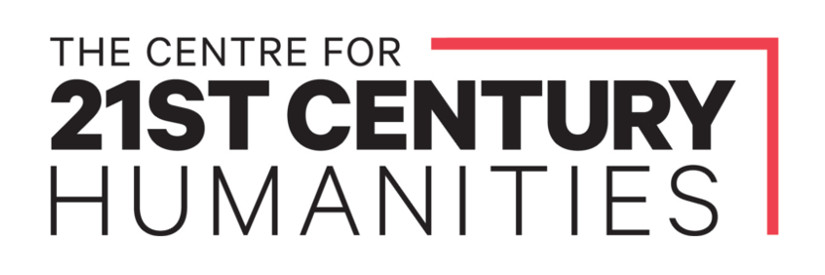| Site Name | Forrest River [Oombulgurri] - East Kimberley |
| Aboriginal or Torres Strait Islander Place Name | |
| Language Group, Nation or People | Yiiji |
| Present State/Territory | WA |
| Colony/State/Territory at the time | WA |
| Police District | Wyndham - East Kimberley |
| Latitude | -15.2 |
| Longitude | 127.85 |
| Date | Between 20 Jun 1926 and 31 Jul 1926 |
| Attack Time | Day |
| Victims | Aboriginal or Torres Strait Islander People |
| Victim Descriptions | |
| Victims Killed | 11 |
| Victims Killed Notes | 11- 50 |
| Attackers | Colonists |
| Attacker Descriptions | Settler(s), Police, Aboriginal Assistant(s) |
| Attackers Killed | 0 |
| Attackers Killed Notes | |
| Transport | Horse |
| Motive | Reprisal |
| Weapons Used | Winchester(s) |
| Narrative | Allegations of a massacre at Forrest River or Oombulgurri in the North Kimberley in 1926 were made by Reverend Ernest Gribble. These allegations generated such sensational national reporting that it led to the Royal Commission of Inquiry into Alleged Killing and Burning of Bodies of Aborigines in East Kimberley and into Police Methods when Effecting Arrests chaired by George Tuthill Wood (Wood, 1927). The 'Forrest River massacre', in reality a series of massacres, was sparked when in May 1926, Lumbia speared a stockman of Nulla Nulla Station, Fred Hay, allegedly because Hay had raped one of Lumbia's wives. In mid-1926, in the wake of the killing, two police parties consisting of 13 men – Leopold Rupert Overheu (part-owner of Nulla Nulla Station with Hay), Daniel Murnane (a veterinary surgeon), two special constables (Bernard Patrick O'Leary, a pastoralist from Gallway Valley Station, and Richard John Jolly), seven armed native assistants and forty-two horses led by PCs Dennis Regan and James St Jack – went on a six-week pursuit of Lumbia. The party had between 400 and 500 rounds of ammunition and each man carried a 0.44 Winchester rifle. During the expedition through late June and early July, Aboriginal people were shot and burned. Estimates of the number killed vary widely. In 1968, the brother of Overheu told historian Neville Green that his brother had admitted to killing 300 people though this figure is unlikely and is in dispute (Green 1995, p 206). In the subsequent Royal Commission Inspector Douglas himself was 'satisfied' and gave evidence that 'sixteen natives were burned in three lots: one, six and nine' (The Daily News, May 5, 1927, p 2). Commissioner Wood reduced this figure and found that eleven people had been murdered and their remains burnt (Owen, 2016, pp 439-444). |
| Sources | Wood, 1927 https://aiatsis.gov.au/sites/default/files/catalogue_resources/93281.pdf; Daily News, July 8, 1926, p 4 https://trove.nla.gov.au/newspaper/article/84162412/8406726; Sunday Times, March 13, 1927, p 18 https://trove.nla.gov.au/newspaper/article/58325091/4346136; The Advertiser, July 16, 1928, p 13 https://trove.nla.gov.au/newspaper/article/49398848/2483931; Sydney Morning Herald, March 8, 1927, p 11 https://trove.nla.gov.au/newspaper/article/16359964/1209517; Brisbane Courier, March 9, 1927, p 15 https://trove.nla.gov.au/newspaper/article/21121887/1643178; The Mullewa Mail, September 9, 1926, p 2 https://trove.nla.gov.au/newspaper/article/240326539/26067489; The Daily News, May 5, 1927, p 2. http://nla.gov.au/nla.news-article78743784; Shaw, 1981, pp 157-163; Green, 1995, p 206; Auty, 2004, pp 122-155; Owen, 2016, pp 439-444. (Sources PDF) |
| Corroboration Rating | *** |

